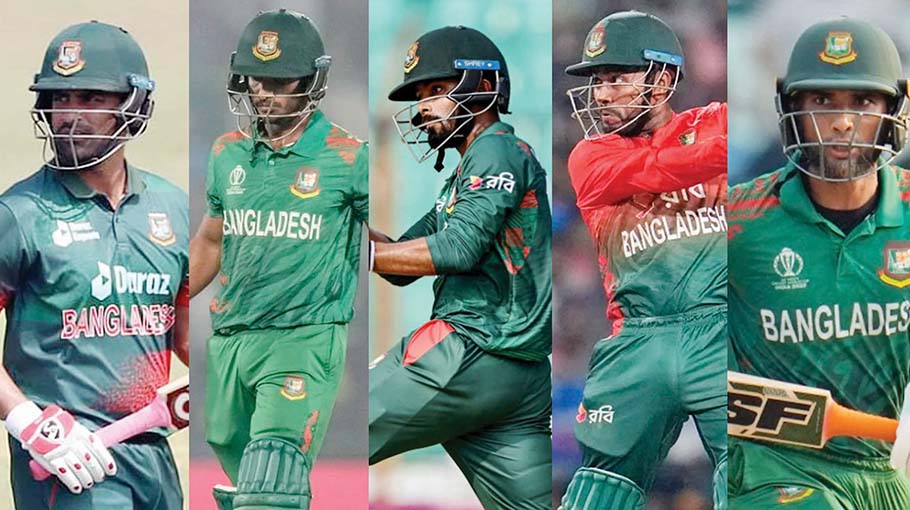Bangladesh’s dot ball dilemma continues

Bangladesh's struggle with dot balls was once again evident in their third ODI match against Afghanistan on Monday. Despite a significant batting collapse, Mahmudullah Riyad and Mehidy Hasan Miraz managed to put together a 145-run partnership, the highest for any wicket for Bangladesh in Sharjah. Miraz reached his fourth career fifty off 106 balls during this stand.
Miraz's innings was notably slow, marking the second slowest fifty in Bangladesh's ODI history. After the match, he expressed regret over the excessive dot balls. His strike rate in the crucial match was below 56, a recurring issue throughout his career. Since his ODI debut in 2017, Miraz has consistently played over 50% dot balls each year. In 2023 alone, he faced 683 balls in 24 ODIs, with 53.3% being dot balls, a figure that has risen to over 57% this year. Over his career, Miraz's dot ball percentage stands at 55%.
Young opener Tanzid Tamim has played 18 matches for the national team, scoring 307 runs in 17 innings, with 44 fours and 8 sixes. Remarkably, 224 of his runs have come from boundaries, with only 83 from strike rotation, meaning nearly 73% of his runs are from boundaries. However, like his teammates, Tanzid also struggles with dot balls, having played 59% dot balls this year and 61.6% over his two-year career.
Mahmudullah Riyad also has a high dot ball percentage, exceeding 53% in ODIs. In his 17-year career, he has played over 50% dot balls in 11 years. Among Riyad's contemporaries, Shakib Al Hasan fares better, with a dot ball percentage of 49.2% in ODIs. Mushfiqur Rahim also maintains a dot ball percentage below 50%. However, Tamim Iqbal's career dot ball percentage is over 57%.
Currently, among the national team players, Towhid Hridoy has the lowest dot ball tendency, though it is still significant. In his 29-match career, Hridoy has scored 1,050 runs with a dot ball percentage of 47.9%. Most established batsmen in the team have a dot ball percentage exceeding 40%. This persistent issue of dot balls continues to hinder Bangladesh's batting performance, highlighting the need for better strike rotation and more aggressive play to improve their overall game.





